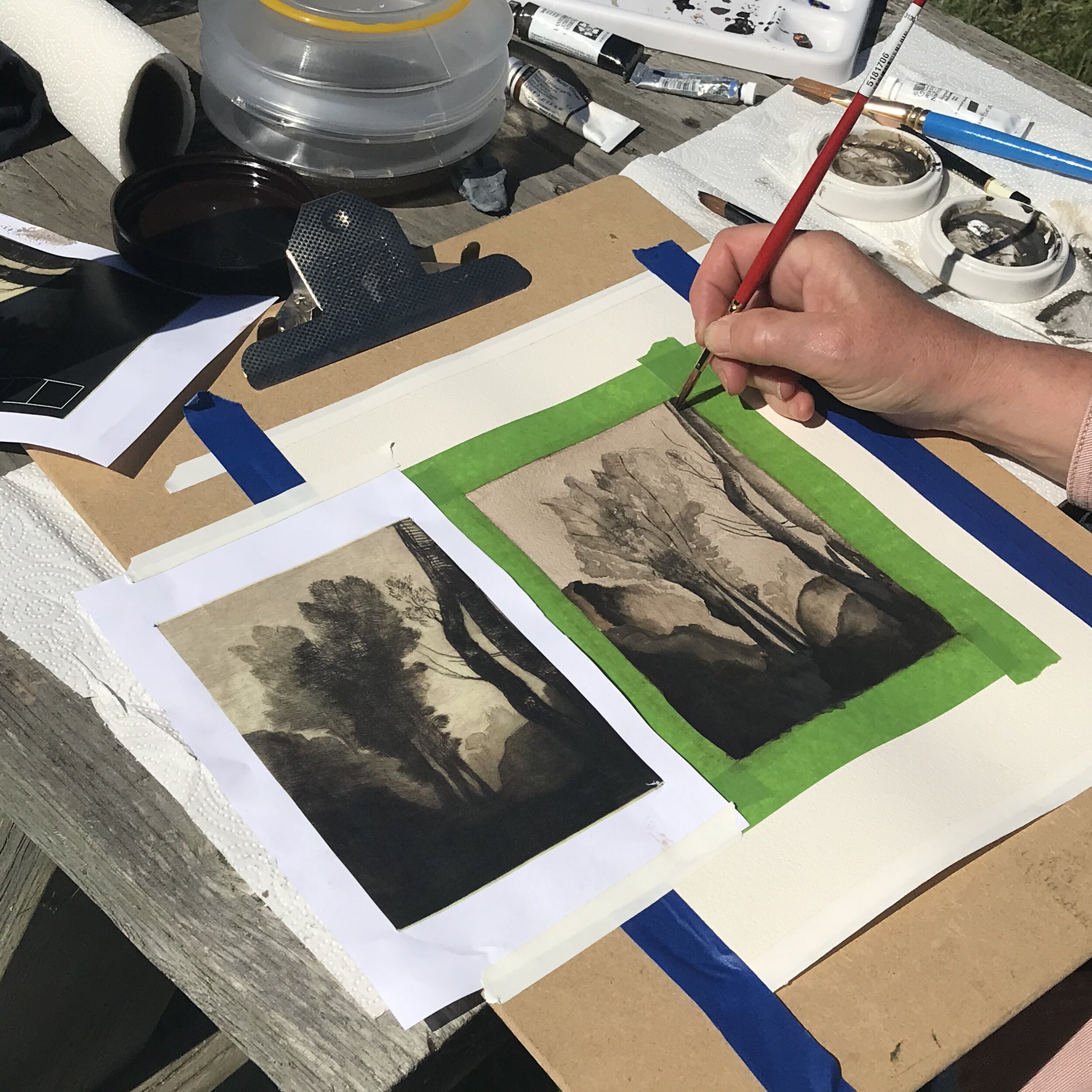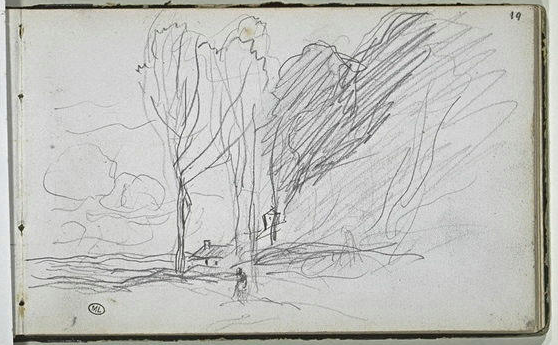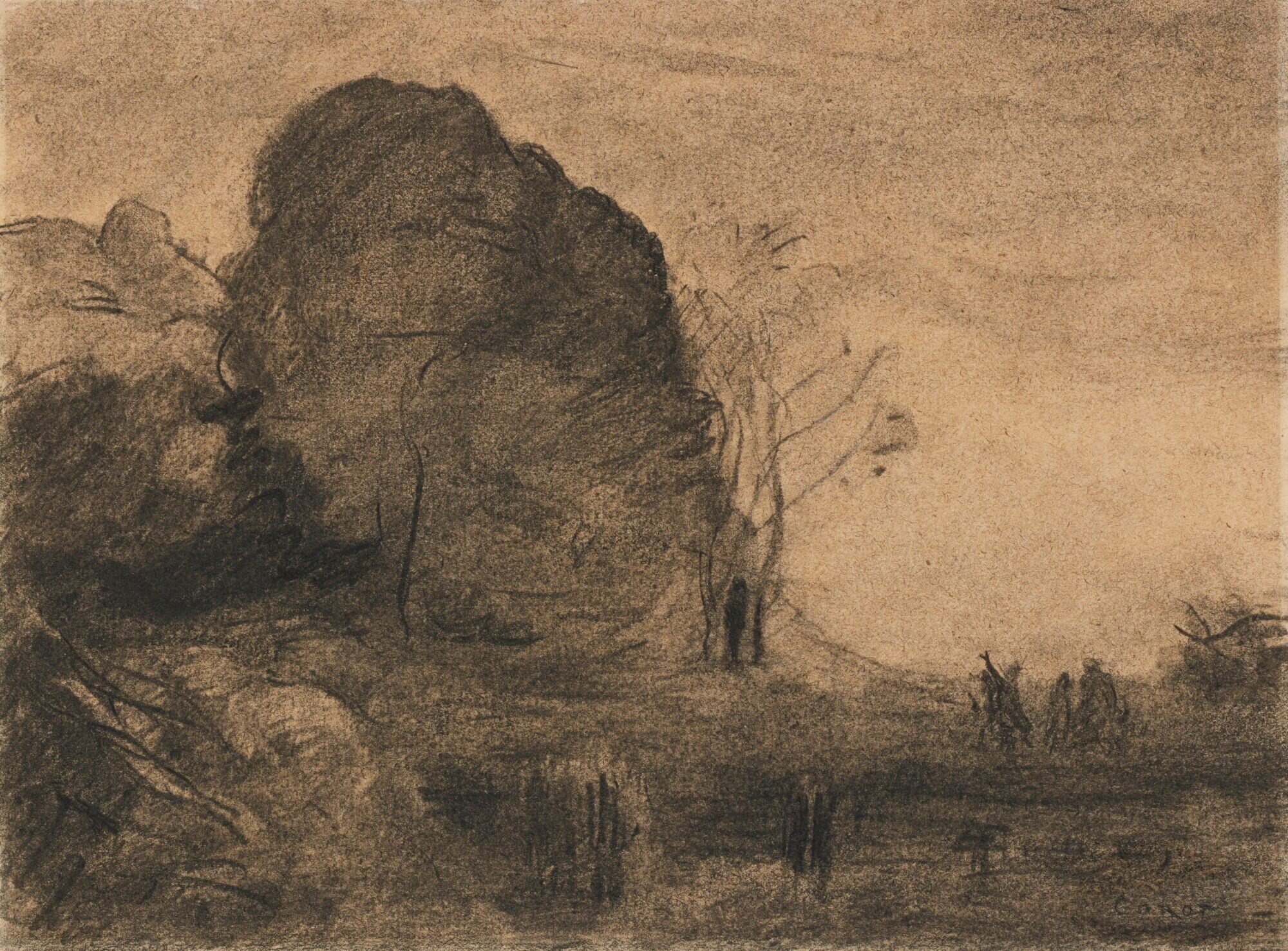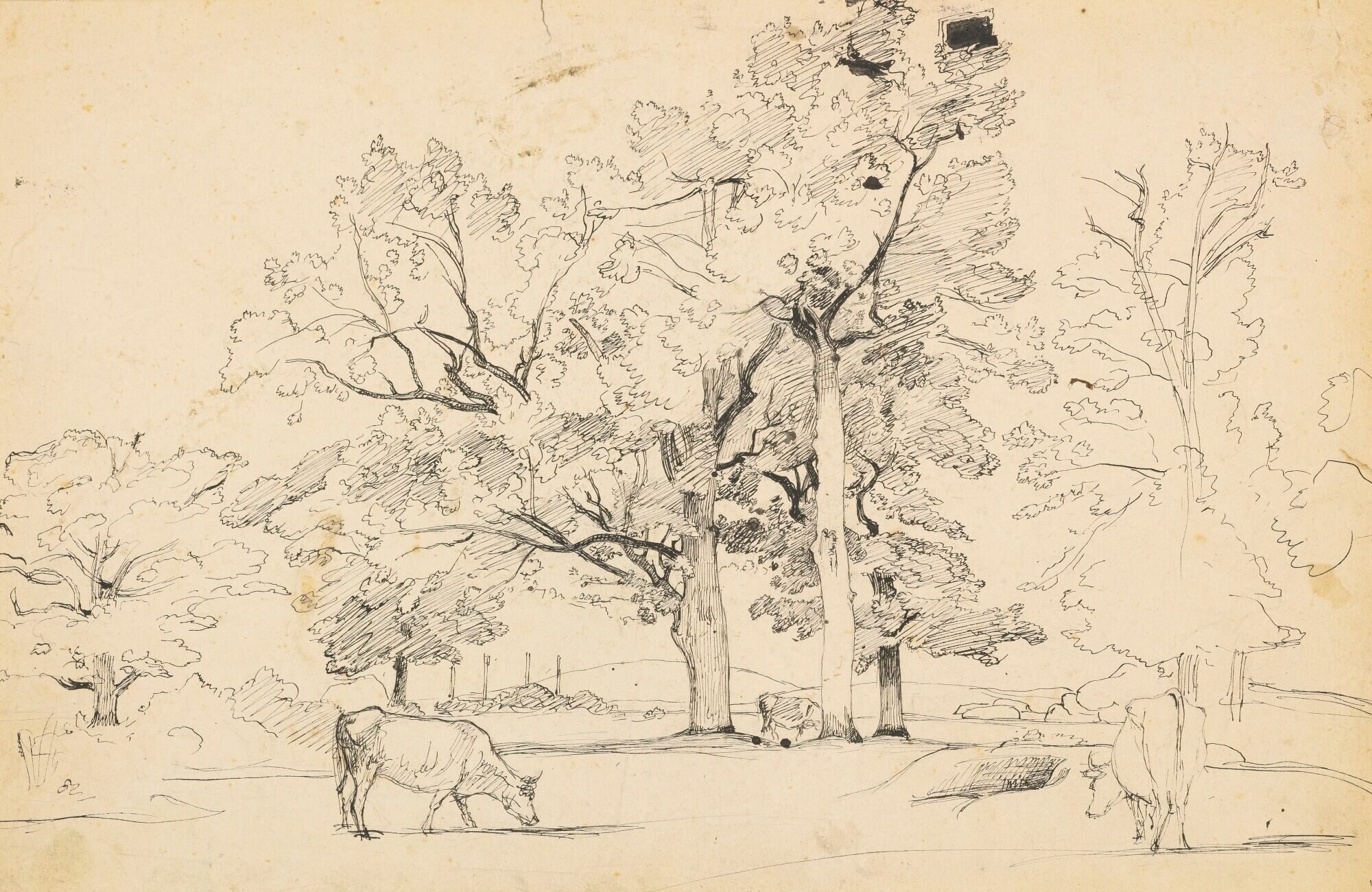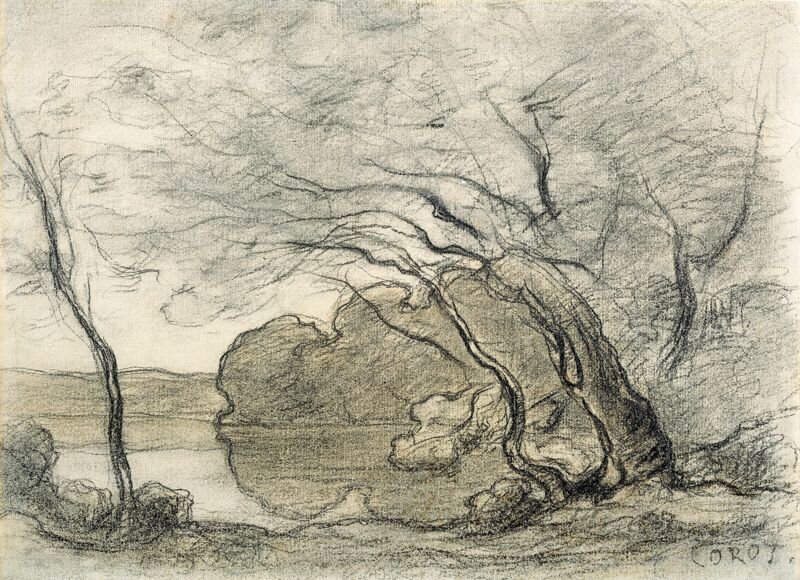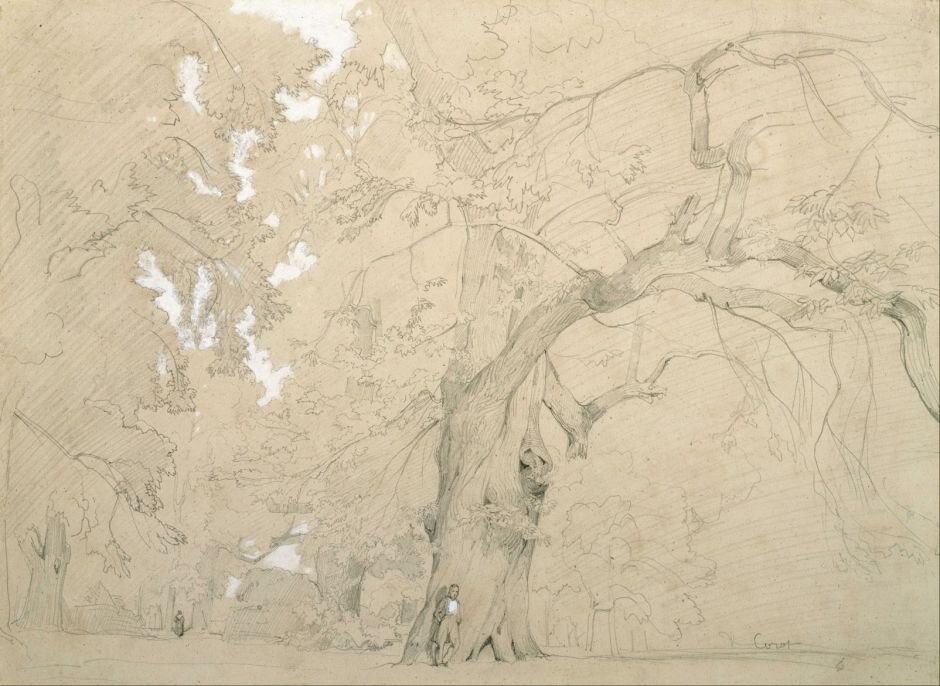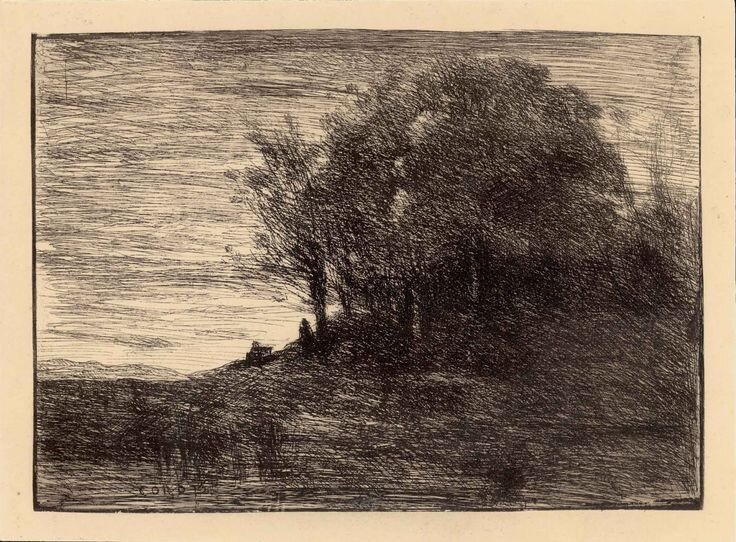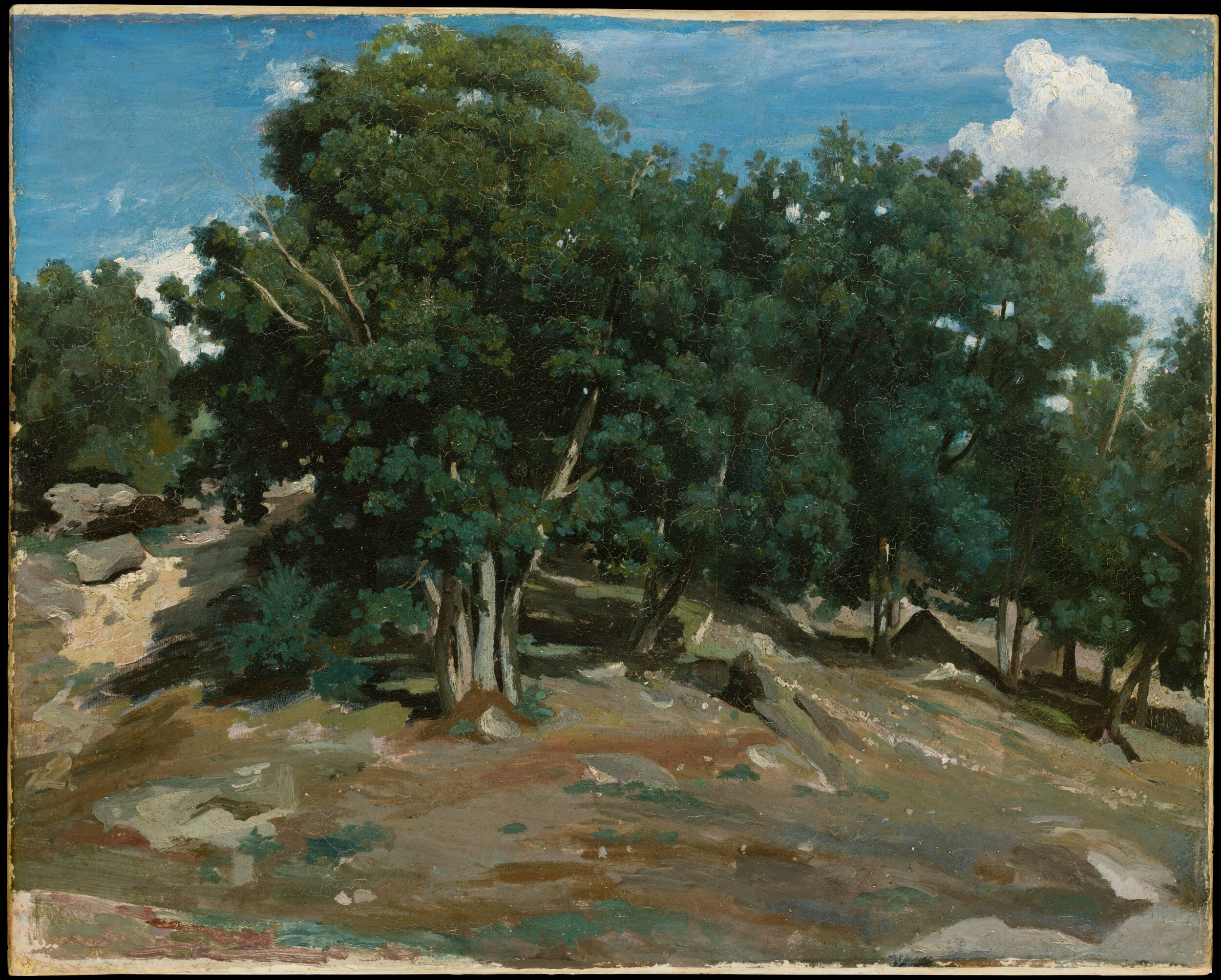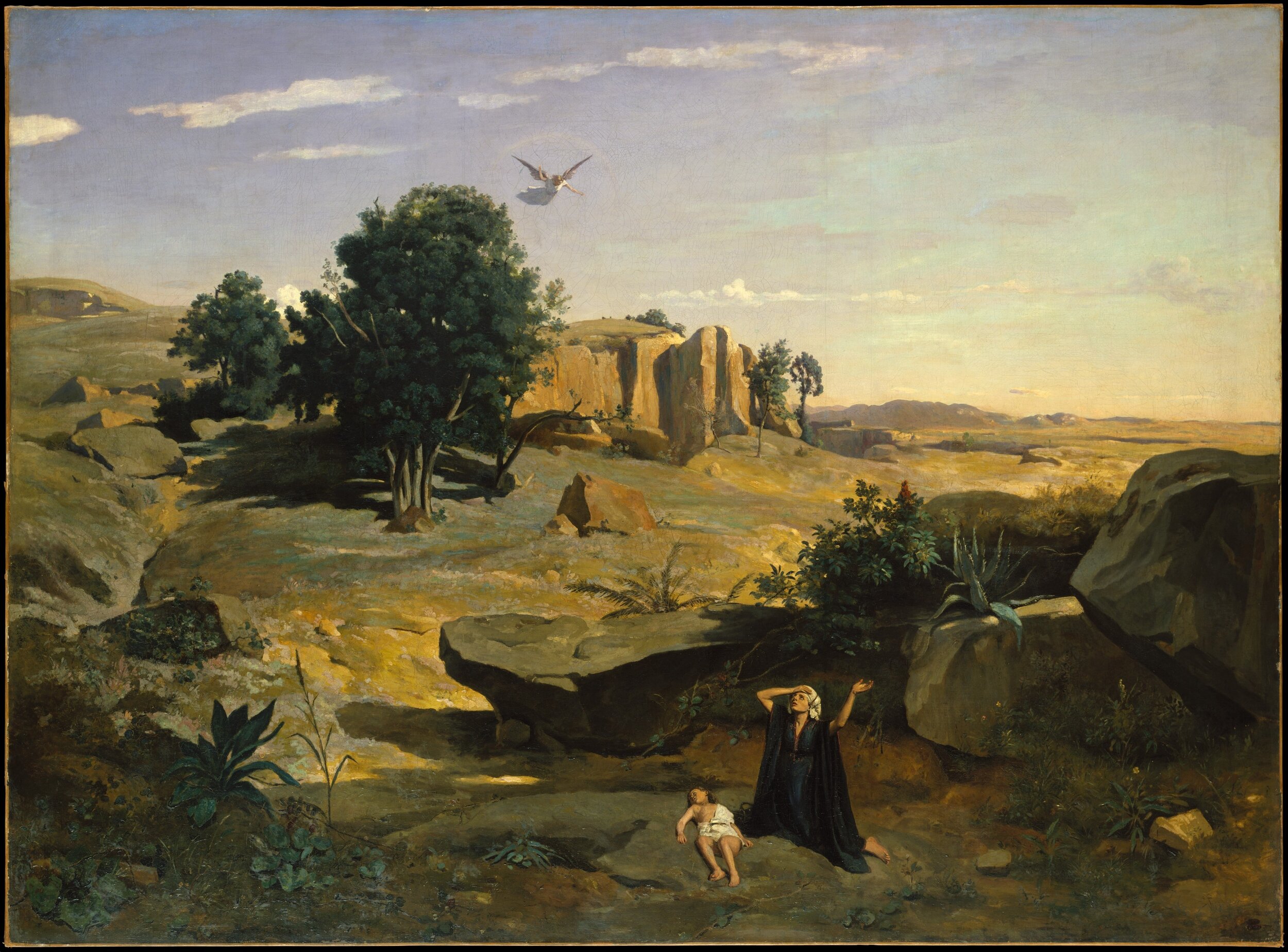The Landscape SKETCH
with SUNY ONLINE
Corot and The Landscape Sketch
4-5 PM on ZOOM and MURAL
Session 2: November 3,10,17, 24
Create original art works based on field sketches by Camille Corot, working from your personal “landscape” photo references and locations. Class is held collaboratively online with ZOOM with progressive development of sketches plus weekly critiques to create “painterly drawings” based on Corot’s materials and techniques.
Registration: SUNY/Sullivan Online
Limited enrollment: 8 persons
Comfort level with ZOOM required.
Suggested materials list below
About The Landscape Workshop
SESSION 1: October 6, 20, 4 to 6PM on ZOOM
SESSION 2: November 3, 10, 17, 22: 4 to 5PM on ZOOM + MURAL
THE LANDSCAPE SKETCH WORKSHOP with Karen Meneghin
(2019, Met Copyist, Fontainebleau: Oak Trees at Bas-Bréau*, Founder, Zane Grey Plein Air)
COROT’S LANDSCAPE SKETCHES are ideal as a skills building exercise (materials, techniques and perception) and as visual documentation of his process in the development of complex compositions found in his large studio works. For example, Corot’s Oak Trees at Bas-Bréau, oil sketch on paper, painted in 1832 or 1833, can be found in a large biblical painting from 1835, “Hagar in the Wilderness.”
Traditionally oil sketches or “studies on paper” were painted prior to large studio works, but in their own right are highly collectible and an informative resource for artists and students.
“Jean-Baptiste-Camille Corot (July 16, 1796 – February 22, 1875) was a French landscape and portrait painter as well as a printmaker (etching). He is a pivotal figure in landscape painting and his vast output simultaneously references the Neo-Classical tradition and anticipates the plein-air innovations of Impressionism."
PART 1: INTRODUCTION TO COROT SLIDESHOW
Survey comparison of Corot’s sketches by style, content and media
GESTURE: LYRICAL NOTATIONS AND FIRST IMPRESSIONS
DENSE GESTURE: COMPOSITION THROUGH LINE
TONAL: SHAPES AND SILHOUETTES IN COMPOSITIONS
NATURE STUDIES: INDIVIDUAL DETAILS — TREES, ROCKS, ETC. AND COMPOSITIONS
COMPOSITIONS: VERTICAL AND HORIZONTAL
DRY MEDIA TECHNIQUES: pencil, charcoal (white/black), pastel, conté crayon
WET MEDIA TECHNIQUES: ink, watercolor, gouache, oil
SURFACES: TONED PAPER AND CUSTOM HAND-TONED PAPER
PART 1: STUDIO ASSIGNMENTS
BASED ON YOUR PHOTO REFERENCES: Create multiple drawings using dry media in the following styles:
GESTURE: LOOSE, LYRICAL NOTATIONS AND FIRST IMPRESSIONS
DENSE GESTURE: SHAPES and COMPOSITION THROUGH BUILDUP OF LINES
TONAL: SHAPES AND SILHOUETTES IN COMPOSITIONS: EXPLORE THE
NATURE STUDIES: OBSERVATION IN FINE DETAIL — TREES, ROCKS, ATMOSPHERE
PART 2: REVIEW ASSIGNMENTS AS A GROUP on ZOOM/MURAL
CHOOSE ONE DRAWING to fully develop as a painting in GOUACHE, WATERCOLOR OR OIL on paper, hot press watercolor paper, illustration board, gesso board or canvas
Larger formats: 9 x 12, 12 x 14 or 16 x 20
Drawing Materials List
DRY MEDIA: Suggested papers and sketchbook should be suitable for further work in mixed media. An expanded list of materials is available on: (Amazon)
**Drawing Pencils: Blick Studio: B, 2B, 4B or another brand
**Erasers: kneaded and pink gum
Paper Mate Tuff Stuff eraser pen (medium tip)
Mono Zero by Tombow eraser pen ( fine tip)
**White Pastel or Charcoal pencil (Generals)
**Pencil sharpener: Faber-Castell Grip Trio Sharpener Arts and Crafts, Multi;
**Sandpaper block charcoal
**Drawing board; masonite w/clip or masking tape; Vencer Artist Sketch Tote Board, Studio or Field Use (13"x 17")
Paper: Stonehenge Aqua HOT PRESS (9 x 12, 140 lb, white) for all media
**Paper: Canson Mi-Teintes, Earth colors, 9 x 12 OR Canson Mi-Teintes, Gray Tones, 9 x 12
Sketchbook: Canson 100510927 XL Series Mix Paper Pad, Heavyweight, Fine Texture, Heavy Sizing for Wet and Dry Media, Side Wire Bound, 98 Pound, 9 x 12 Inch, 60 Sheets
**MUST HAVES
*Fontainebleau: Oak Trees at Bas-Bréau, Camille Corot,1832 or 1833
Corot painted this study in the summer of 1832 or 1833 in Bas-Bréau, a section of Fontainebleau forest that was famous for its immense oak trees. It was executed in the naturalistic style that he had previously developed in Italy. The tree reappears in Hagar in the Wilderness, the large canvas he exhibited at the 1835 Paris Salon. Improbably, in his realization of that biblical scene, Corot transplanted the oak from northern France to the Palestine desert.

